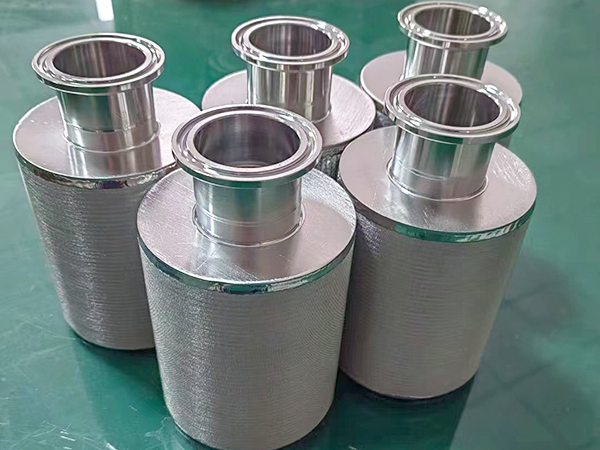 When it comes to choosing the right filter product for your specific needs, understanding filter product classification becomes crucial. With various options available in the market, having clarity on how filter products are classified can help you make an informed decision and ensure optimal performance and efficiency. In this article, we will explore different aspects of filter product classification and its significance.
When it comes to choosing the right filter product for your specific needs, understanding filter product classification becomes crucial. With various options available in the market, having clarity on how filter products are classified can help you make an informed decision and ensure optimal performance and efficiency. In this article, we will explore different aspects of filter product classification and its significance.
Filter products are designed to remove contaminants, impurities, or unwanted elements from a fluid, gas, or air. They find applications in industrial, commercial, and residential sectors, including water purification, air filtration, oil filtration, and much more. However, the efficiency and suitability of a filter product depend on several factors such as its classification, filtration mechanism, and design.
Filter product classification is typically based on their mode of operation, intended application, filtration media, and level of filtration they offer. Let's delve deeper into each of these classifications to gain a better understanding.
Mode of Operation:
Filter products can be classified as either disposable or reusable based on their mode of operation. Disposable filters are designed to be thrown away once they reach their maximum capacity or lifespan. These filters are typically cost-effective, easy to replace, and require minimal maintenance. On the other hand, reusable filters can be washed, cleaned, and reused multiple times before they need to be replaced. Reusable filters are preferred in applications where frequent replacement is not feasible or cost-effective.
Intended Application:
Filter products are manufactured to cater to specific applications and industries. They can be classified based on their intended application, such as water filtration, air purification, oil filtration, chemical process, and many more. Each application requires a different level of filtration and specific filter media to effectively remove contaminants and provide clean and pure output.
Filtration Media:
Filter products employ various filtration media to trap and remove impurities. Common filtration media include activated carbon, ceramic, fiber, polyester, paper, and many more. The choice of filtration media depends on the type and size of contaminants present in the fluid or gas that needs to be filtered. Different media offer varying degrees of filtration efficiency, flow capacity, and durability.
Filtration Level:
Filter products can also be classified based on the level of filtration they offer. This classification ranges from coarse filtration to fine filtration, indicating the size of particles or impurities that can be effectively removed. Coarse filters are designed to capture larger particles, whereas fine filters can remove even the smallest particles and microorganisms. Understanding the required filtration level is crucial to ensure that the filter product meets the desired purity standards.
In conclusion, filter product classification plays a vital role in selecting the right filter product for your specific needs. Consider factors such as mode of operation, intended application, filtration media, and filtration level to ensure optimal performance and efficiency. Whether you are looking for a water filter, Chemical Liquid Filtration, or any other filtration solution, understanding filter product classification will help you make an educated decision and achieve the desired filtration results.
Post time: Jul-20-2023





